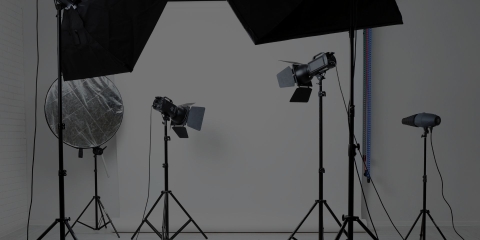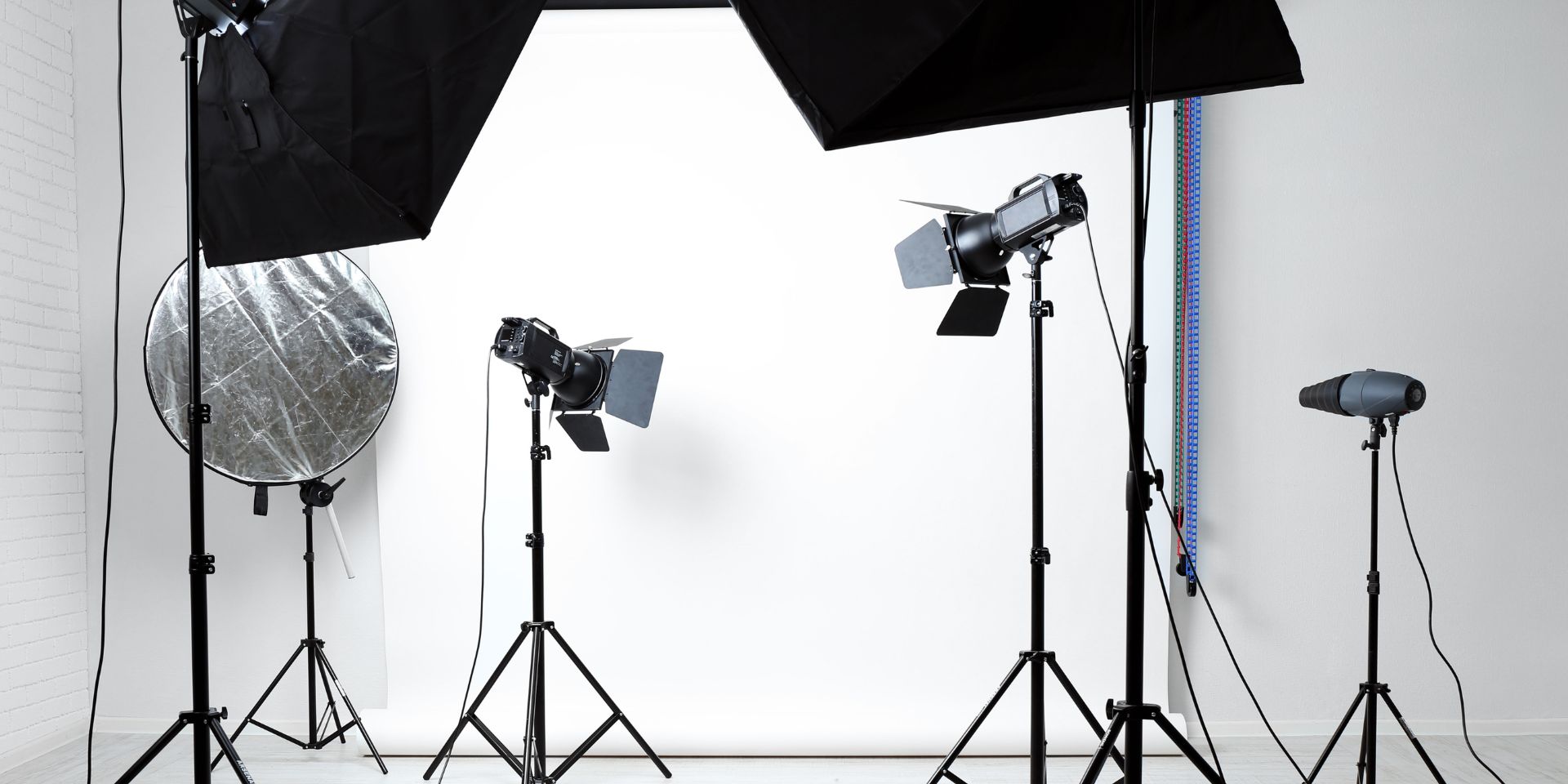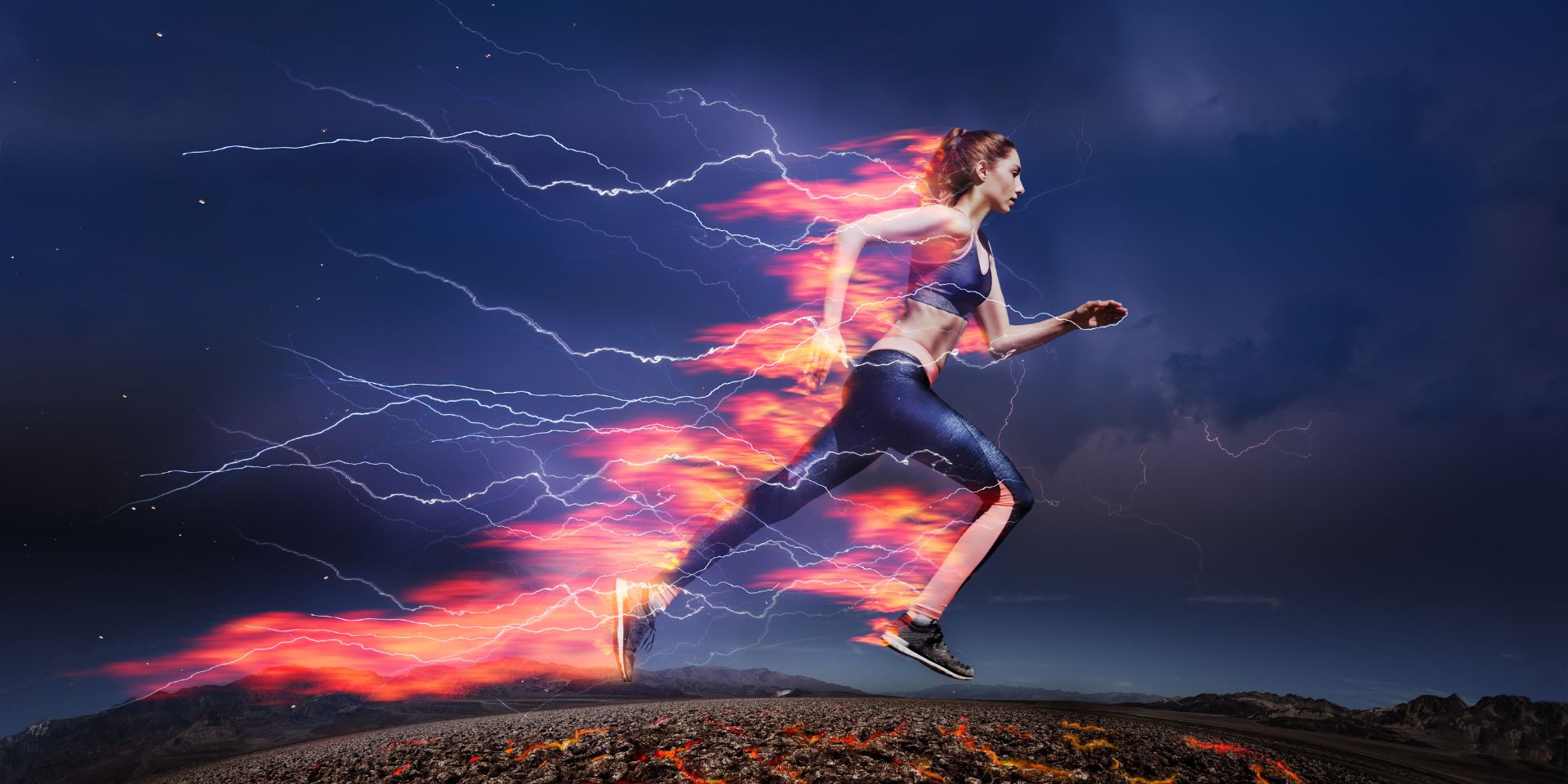How to optimise images for your website
We will provide comments on the reasons for and best ways to optimise website images.
How to optimise images for your website
Have you ever visited a website only to exit before the home page fully loads?
It is frustrating and you are not alone in doing so. According to the website Hosting Manual, several studies have highlighted that “50% of Internet users expect web page load times of less than 2 seconds”. You wouldn’t want to leave a customer waiting to enter a physical office or shop. This could lose their business and damage your hard-earned reputation. And the principle remains the same when it comes to your online presence.
One simple way of speeding up your website’s loading time is to optimise the images that you upload. This is helpful in retaining visitors’ attention and helping your business win over new leads. This article will therefore cover:
- Why you should optimise your web pages
- How to optimise your images
- Which software can help you achieve this.

Why is having a fast-loading website non-negotiable?
Your website should never be an afterthought. A modern business asset, your site is often the first port of call for interested clients or customers looking to research your company. It helps both B2B and B2C businesses grow through sleek branding, professional design and first-class messaging. Often it can be the main (or a significant) way of securing sales and should always work in your favour. Including testimonials will also provide reassurance here.
Three other reasons why it pays to have a fast-loading website, include:
- Less frustration on the part of visitors
- Providing a better user experience (UX)
- Capturing people’s decreasing attention spans.
Still not convinced if this is something you should concentrate on? Let us explore two very important and often overlooked factors why it pays to optimise your images.
1. You’ll avoid being demoted in Google’s SERPs
In August 2021, TechRadar confirmed that internet search giant Google would intentionally “penalise websites that are slow to load, by pushing them below other relevant websites that load faster”. This feeds back into the idea of providing the very best user experience. It also reminds us that the Google algorithm has been rewarding optimal page speed since 2010. You may want to read our ‘What is a responsive website?’ blog at this point.
Website owners need to pay attention to optimising their images to earn higher placements in search engine results pages (SERPS). Don’t let all of the hard work, money and time that you have invested in building a website be wasted. Or even worse, don’t let it set you back in the minds of customers or clients.
2. It helps your reputation management
Similarly, optimising images can strengthen your reputation among potential customers. Improving the performance of your website could make all of the difference to how your business is perceived by the public.
Take these statistics from Euristiq as an example. One study by Gomez looked into shopping behaviour and discovered that “88% of online consumers are less likely to return to a site after a bad experience”. This could cause a loss of future revenue or opportunities to impress for the sake of failing to optimise your images.
The same Euristiq guide adds that during peak times, more than 3 in 4 online consumers switched to a competitor’s website to avoid lengthy loading times. Clearly, in today’s fast-paced world, saving seconds matters to those considering buying from (or working with) you. This reluctance to wait applies to both e-commerce and websites that don’t have products available onsite.

How to optimise images
If mere seconds can make or break a prospective new client or customer relationship, it is vital to know how you can optimise your website’s loading time. When working on a brand refresh or creating your first website, we will take one of two approaches based on our experience of designing successful sites.
Optimising images: method 1
Aware that our clients require a site that isn’t ‘clunky’ or slow to respond, we recommended compressing images through Photoshop. Saving you the cost of an annual or monthly subscription as well as the time needed to learn how to use it, we will often further compress images for sites using a trusted WordPress plugin. Compatible with the WordPress website we will design for your business or organisation, you should rest assured that this plugin plays well with our preferred content management system. Discover more reasons to use WordPress here.
Optimising images: method 2
However, when we know that a site will be image-rich, we will keep it simple to preserve clarity. Three examples of these types of websites or sections include:
- Online stores
- Virtual catalogues
- Portfolio sites.
Here, we would only compress photos in Photoshop, given its world-leading software and heritage forged since 1987.
Whichever method is best suited for your specific website, our triple award-winning agency will help reduce loading times for happier leads and a sleek site.
Dreaming of a fast-loading website with optimised images?
Achieve happier clients, manage your reputation and realise your business’ full potential for higher Google search result placement with professionally optimised images. Contact us or call +44 (0)7740 348 521 for an informal discussion of your website needs (without any cost or obligation). This is your opportunity to ask any questions you have and get to know thefingerprint.
If you are enjoying this article please read our blogs Why a brand is important and why it’s not just a logo, Why use premium hosting for your website? or thefingerprint wins Design Agency of the Year for a third year!.






